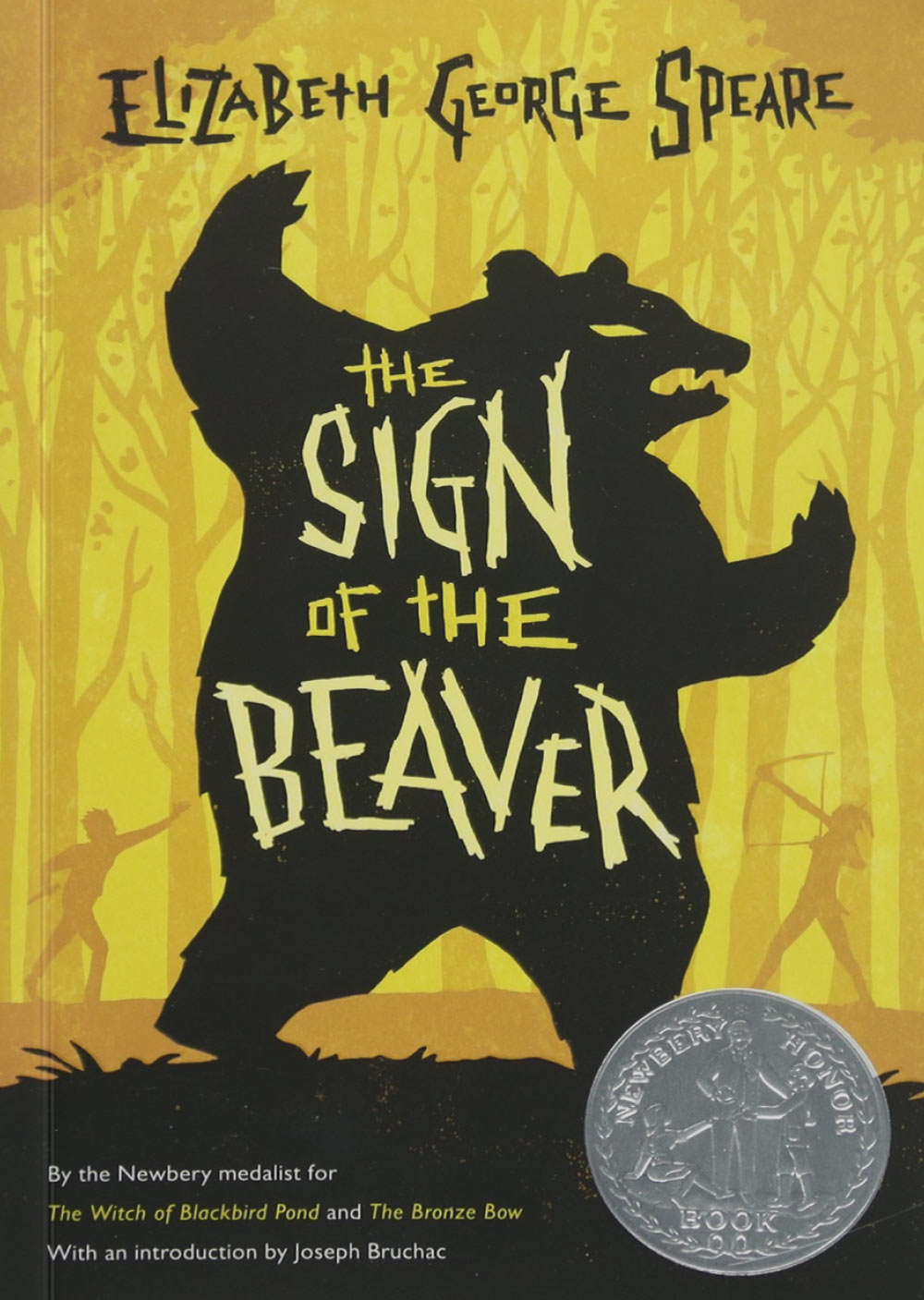Readers are invited into Matt’s story of courage and boldness as he is left alone to care for the homestead and secure the log cabin he and his father built. While his father is gone, Matt faces new situations, some dangerous. He stays alone in the cabin, tends the corn, chinks the spaces between the log walls, and keeps track of the passing days by notching sticks and winding the silver watch his father left with him. Matt knows the tasks left in his care will be important for the family’s eventual survival. Matt also makes a friend, Attean, grandson of the Beaver tribe leader. The friendship is gradual, growing as Attean teaches Matt survival skills in exchange for Matt teaching Attean English. This poignant narrative provides readers with opportunities to ponder the value of family and friends, the power of boldness and courage, and the beauty of nature.
At the time this book was set, Maine was part of Massachusetts until it became its own state, the twenty-third of the nation, in 1820. Print a map of the United States. Use an atlas or online resource to locate and label the northeastern states of Maine, Vermont, New Hampshire, Connecticut, Rhode Island, and Massachusetts. In addition, label:
Montpelier, Vermont
Concord, New Hampshire
Providence, Rhode Island
Hartford, Connecticut
Quincy, Massachusetts
Boston, Massachusetts
Penobscot River
Connecticut River
Talk about the differences between the homes of Matt and Attean. How does Attean’s home differ from the homes of other Native American tribes? Build a paper or cardboard tepee, wigwam, or longhouse. Use items found in nature to help design your home.
Native Americans used what was available to them. When they hunted for food, the meat was eaten or preserved and the hide was used for clothing, blankets, and other items. Visit a fabric or leather shop and purchase leather or a leather kit to make something useful.

Talk about some of the challenging scenarios Matt faced: missing his family, having his gun disappear, a bear entering the cabin, being attacked by a swarm of bees, not being able to shoot arrows from his bow, fishing with a spear, and deciding whether or not to leave the home. How did he overcome these challenges? What can we learn from Matt and apply to our lives?
Research the edible and poisonous plants and flowers in your area. Write two or three sentences describing the characteristics of each plant. Sketch or photograph examples of each.
Matt reads Robinson Crusoe to Attean and teaches him English skills. Read Robinson Crusoe by Daniel Defoe as a read-aloud or independent read. As a family or personal service project, volunteer to read books to preschoolers at church or residents at an assisted living facility.
Attitude affects words and behaviors and ultimately contributes to personal growth, as well as how one navigates adversity. Discuss examples of how attitude played a role in the events of the book. Give some examples of how attitude influences events or relationships in your family. Could a change in attitude have been helpful in these situations?
Elizabeth George Speare brilliantly and gently weaves history into the text of the book. In doing so, readers come to understand some of the influential details of this historical era through a main character they will remember long after the last word is read.

